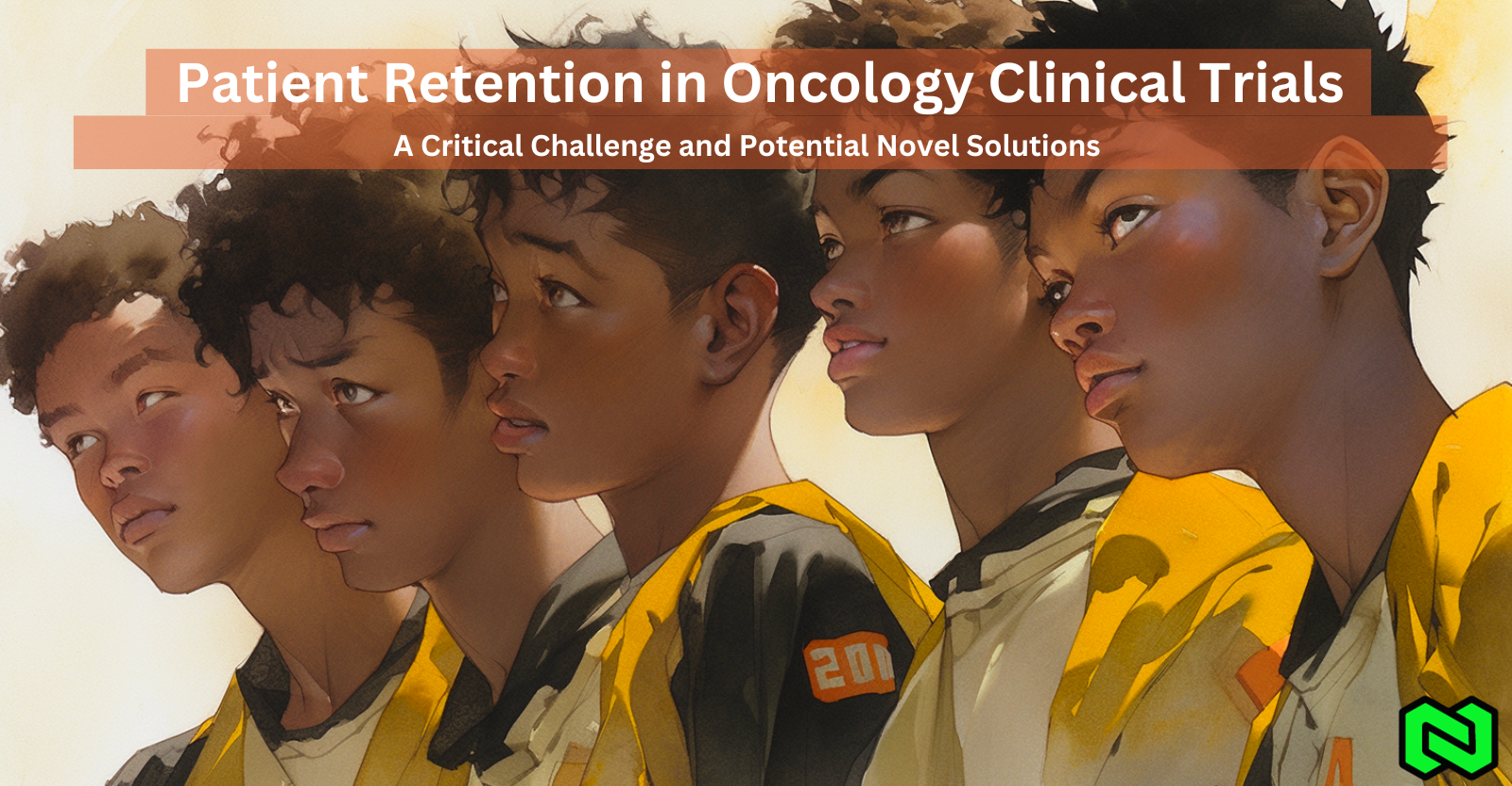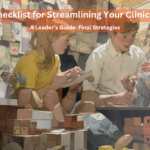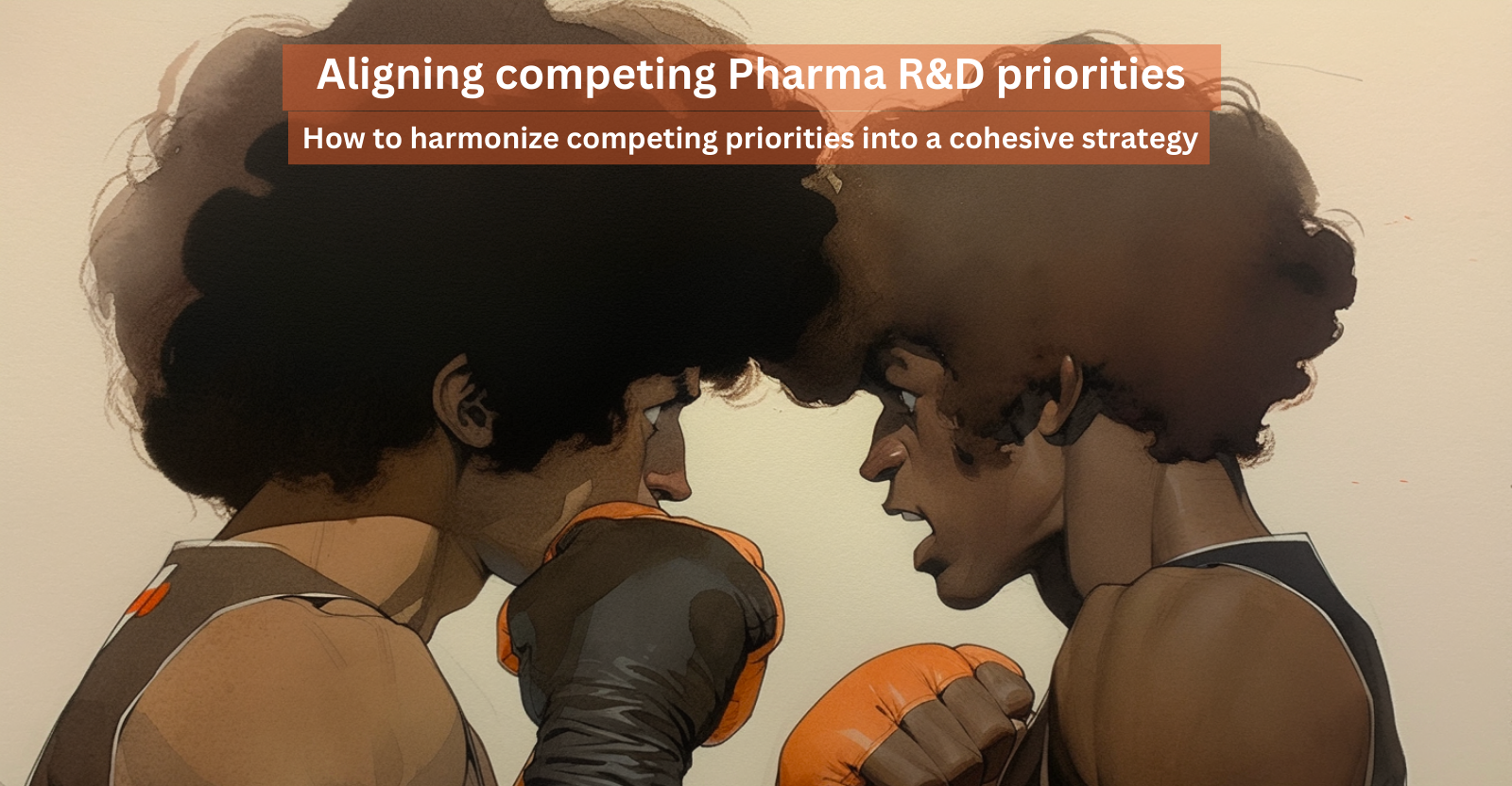For every 10% increase in patient retention in oncology trials, a 1-2% increase in the success rate of the trial is experienced. Yet patient dropout rates in oncology trials are some of the highest, with some studies reporting rates of up to 50%1. At this metric, the cost to recruit and replace half of the patients who drop out is approximately $150,000 per patient2. But perhaps the greatest cost to oncology trials is the derailment from patient drop out. This delay in time to market can have a significant impact on the revenue potential of a new cancer treatment. A study published in the journal JAMA Oncology found that a one-year delay in market launch can reduce the revenue potential of a new cancer drug by up to 20% leading to increased patient cost and delayed access to new treatments.

Dropout contributing factors
- Toxicity: Oncology treatments can have serious side effects, which can lead patients to drop out of the trial.
- Progression: If a patient’s cancer progresses during the trial, they may be ineligible to continue participating in the trial.
- Inconvenience: Oncology trials can be inconvenient for patients, requiring frequent travel to the trial site and extensive testing and procedures.
- Lack of understanding: Some patients may not fully understand the risks and benefits of the trial, or they may have unrealistic expectations about the treatment.
- Financial burden: The financial burden of participating in a clinical trial can be significant for some patients, especially if they have to travel to the trial site or miss work.

Obvious, but under-appreciated and under executed solutions:
- Using telemedicine to make trials more convenient and reduce the need for patients to travel to the trial site.
- Providing financial assistance to patients to help reduce the financial burden of participating in a clinical trial for patients. This could include providing reimbursement for travel expenses, lost wages, and childcare costs.
- Improving patient education and support so that patients have a clear understanding of the risks and benefits of participating in a clinical trial “before” they make a decision.
Outside of the box creative solutions
- Gamification: Use to make trials more engaging and enjoyable for patients. For example, patients could earn points redeemable for products or services they highly value if they complete tasks such as adhering to the treatment schedule or participating in patient-reported outcome measures.
- Social media community building: Use social media to build a community of support for patients participating in the trials to connect with other patients, share their experiences, and get support from each other. For example, Breastcancer.org is a non-profit organization that provides information and support to people affected by breast cancer. Their social media presence can be found on Facebook, Twitter, and Instagram. The organization uses these platforms to share information about clinical trials, connect patients with resources, and build a community of support for patients participating in trials. They have a Facebook group called Clinical Trials Talk where patients can ask questions, share their experiences, and connect with other patients who are participating in clinical trials.
- AI: Use artificial intelligence to identify patients at risk of dropping out, which could allow researchers to intervene early and provide additional and specific support to these patients before it is too late. AI applications in clinical trials are already becoming established and more than 30,000 studies have been run on a cloud computing platform from Medidata Solutions offering data collection, analysis, and presentation services to expedite trials. As an example of the strength of AI, Medidata’s AI capabilities were recently leveraged in collaboration with Every Cure, a nonprofit dedicated to drug repurposing, to find a suitable drug for a man with a rare, life-threatening disease called idiopathic multicentric Castleman disease (iMCD). By applying AI algorithms across proteomic data, it was able to identify specific subgroups of iMCD patients who respond to existing medicines, through this AI-guided discovery, the patient—who had exhausted all known treatment options and was preparing for hospice care—was successfully treated with a drug called adalimumab as a last resort.

Overcoming the challenge
Patient dropout in oncology trials is a major challenge, but there are creative solutions and novel approaches that could be used to improve patient retention. By addressing the root causes of dropout, such as inconvenience, lack of understanding, and financial burden, we can make clinical trials more accessible and engaging for patients. By leveraging technology, such as telemedicine, gamification, and artificial intelligence, we can further improve the patient experience and increase the success rate of oncology trials and accelerate new treatments to market.










